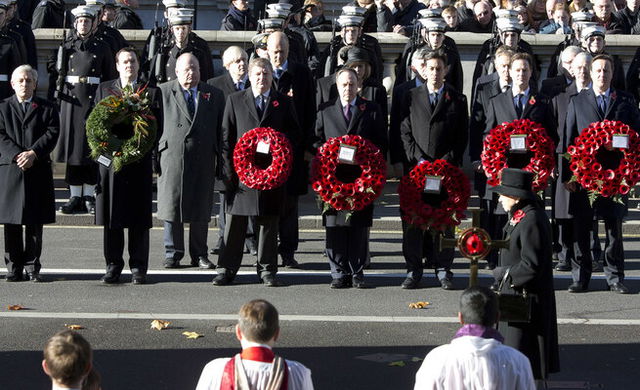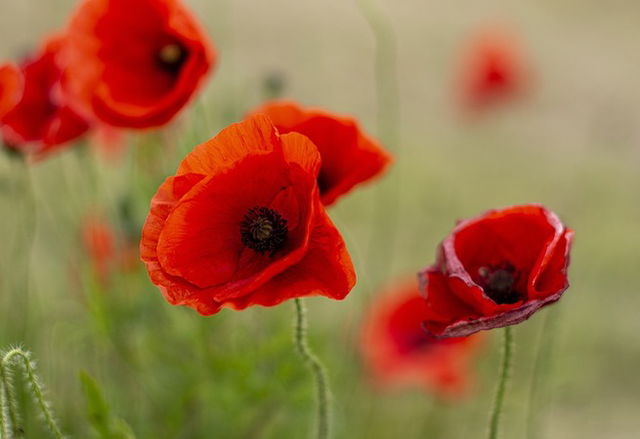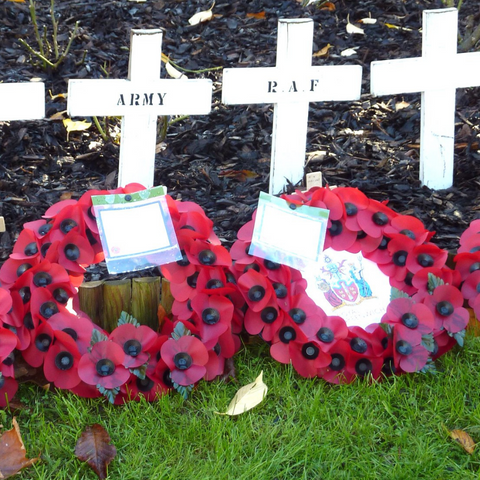- Calendar
- Calendar 2025
- November
- Remembrance Day: History and Significance Explained
Remembrance Day: History and Significance Explained
Remembrance Day is a day used to honor the sacrifices made by the British military servicemen and women in World War I, and II and the conflicts after that. Every year, a two-minute silence is observed at 11 am on 11th November. It is also known as Poppy Day or Armistice Day in the UK and many other countries.
Remembrance Day is not a public holiday in the UK. Most people stop what they are doing and remain silent for a few minutes to pay their respects to the dead.
Remembrance Sunday, on the other hand, is observed on the second Sunday of November after Remembrance Day. On this day, the National Service of Remembrance is held at the Cenotaph at Whitehall. It will be observed on 11th November 2025.

History of This Day
Remembrance Day was originally known as Armistice Day. It was first observed on November 11, 1919. This date was selected because a year ago, in 1918, World War I came to an end and a peace treaty or armistice was signed between Germany and the allied powers.
On May 8 1919, Edward George Honey (an Australian Journalist) suggested the observance of a five-minute silence for all the people who sacrificed their lives in the war. King George V learned about it on 7th November 1919 and made it official four days later. However, instead of a five-minute silence, he insisted on the observation of a two-minute silence.
Red Poppy- the symbol of Remembrance Day
The red Poppy is the official symbol of Remembrance day in many countries including the United Kingdom. It has a black centre surrounded by red petals.
During the first World War, most of the places in Western Europe were destroyed due to continuous bombings and fights. Rich and cultivable lands turned barren and unfit for all kinds of growth. Among such depressing scenes, Flanders Poppy or Common Poppy were still growing in these lands, unaffected by their environment.

An American professor named Moina Michael became very inspired by this and proposed to use it as an official symbol for Remembrance Day in the US as well as in other countries such as the UK, Canada and Australia.
National Service of Remembrance
The National Service of Remembrance is held every year on Remembrance Sunday at the Cenotaph Hall in Whitewall. Many people participate in this service including the members of the Royal family, Cabinet members, Prime Ministers (current as well as previous ones), the Mayor of London, the leaders of Opposition Parties and many other ministers.
The members of the Armed Force, Merchant Air, Navy, and fishing fleets as well as the high commissioners of other Commonwealth nations are also present.
The National Service of Remembrance starts with a two-minute silence at exactly 11 am on Big Ben. After this, the King, other members of the Royal family, senior politicians, and high commissioners from Commonwealth nations pay their respects to the martyrs with a wreath or garland of red poppies. After this, all the veterans begin marching past the Cenotaph.
In 2022, King Charles started the service for the first time by laying a wreath of flowers at the Cenotaph. Around 10,000 veterans participated in the march this year.

Other Celebrations
-
Jan 27 Mon
-
Feb 01 Sat
-
Mar 01 Sat
-
Apr 26 SatInternational Chernobyl Disaster Remembrance Day
-
Aug 21 ThuInternational Day of Remembrance and Tribute to the Victims of Terrorism
-
Nov 20 ThuTransgender Day of Remembrance

Remembrance Day: History and Significance Explained - Next years
Wednesday, 11 November 2026
Thursday, 11 November 2027
Saturday, 11 November 2028










